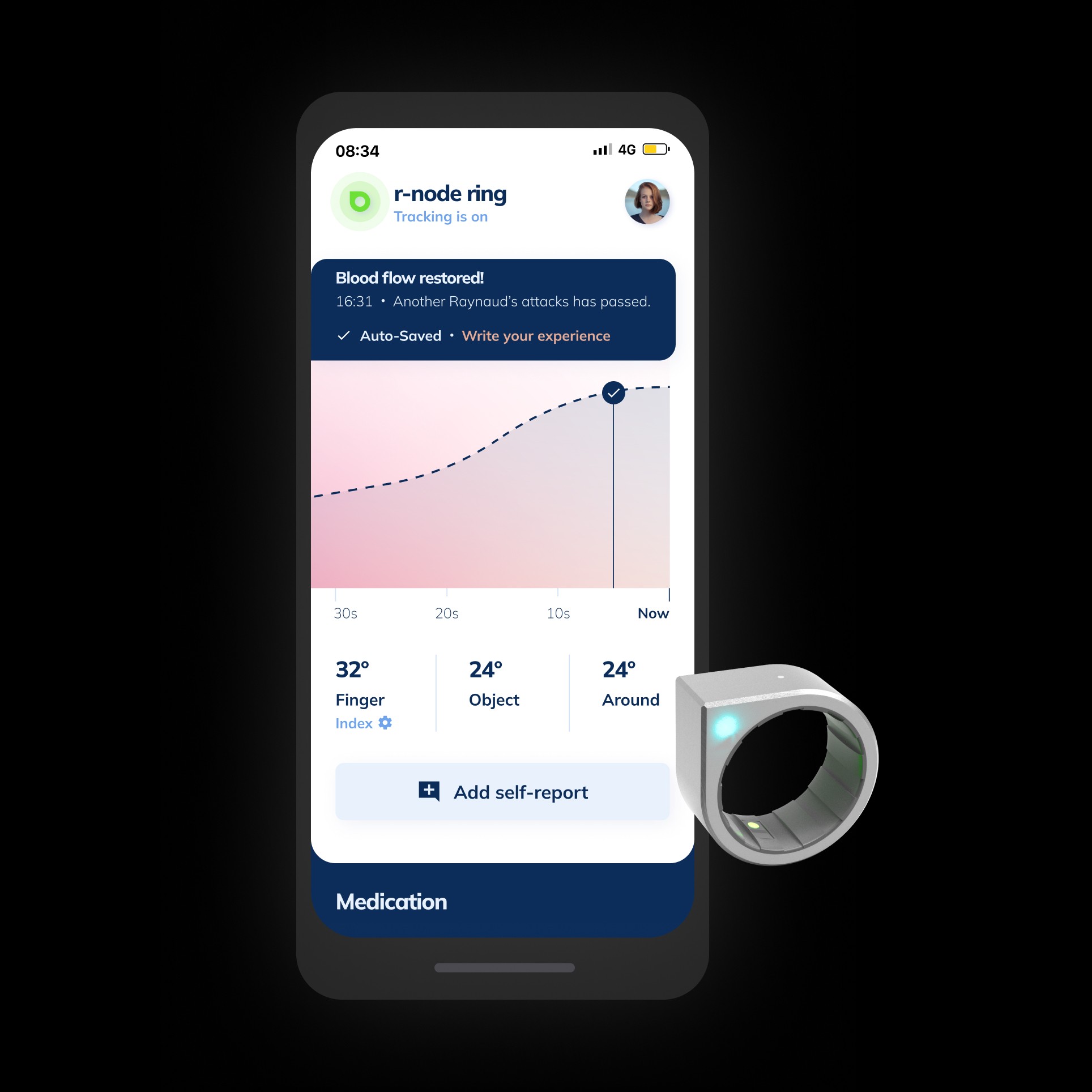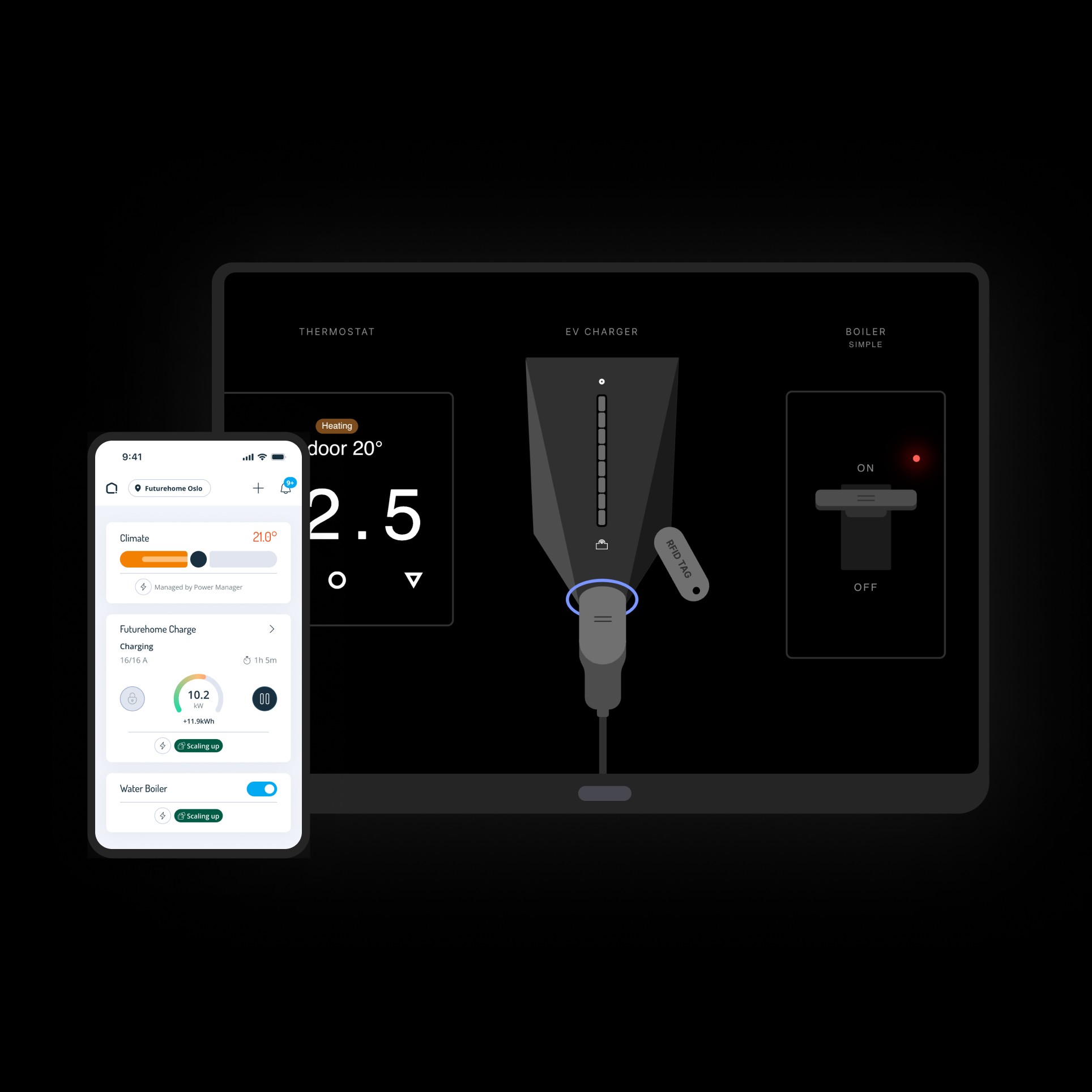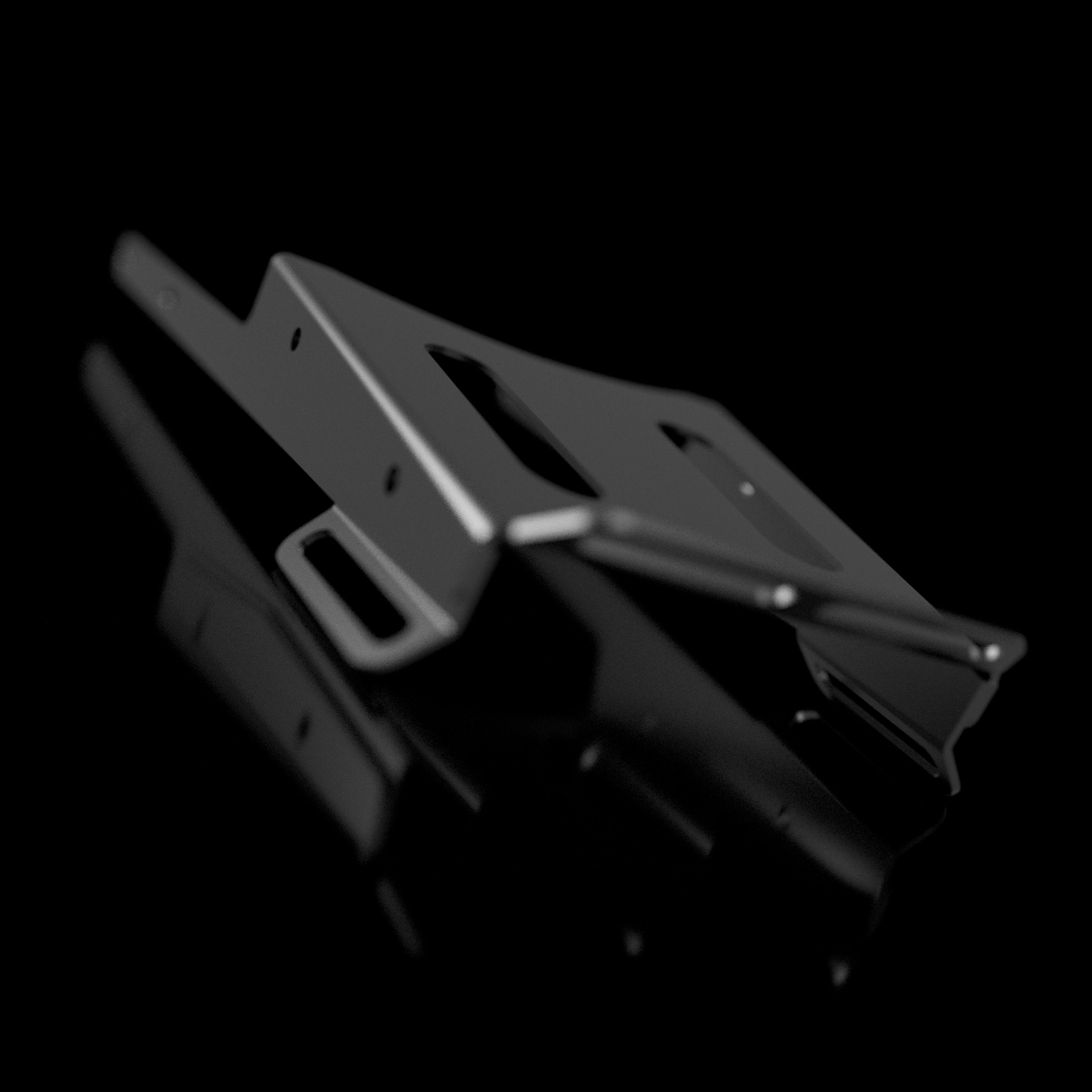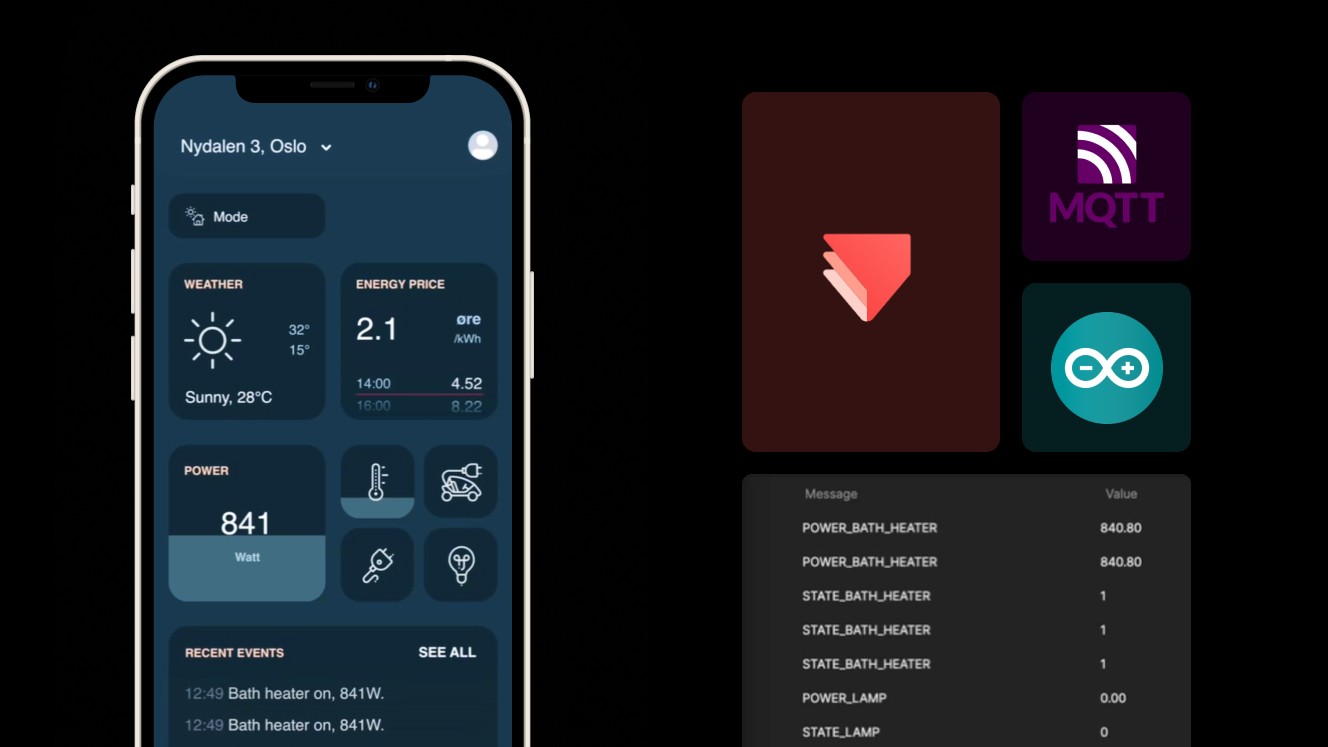The thesis
The ‘r-node’ is a smart ring and a smartphone application that potentially helps monitor, manage and live better with the effects of Raynaud’s Phenomenon (RP).
The product system focuses specifically to people who suffer from a chronic disease called Raynaud’s. The proposed wearable product consists of a smart ring and a smartphone application that aim at supporting patients in their everyday life for managing and preventing RP ‘attacks’ in the short and long term. It helps promote behavior change through minimal everyday interaction and provides accurate information to the end user, to doctors and medical researchers through data analytics.

The design
The product was designed to be unobtrusive in everyday activities: a small led light pulsing cyan blue when a Raynaud's attack is detected to be imminent; A small motor vibrating to give tactile feedback; The aesthetics do not convey it is a medical device at all, but rather a slick designed ring or a state-of-the-art activity tracker, helping increase wearer's confidence in social surroundings. The mobile app is designed to visualise in a compelling way the status of the attack with colors: Ischemia (lack of blood flow) is pale and skin tone, while Rubor (return of blood flow) is past the purple tone of Cyanosis (lack of oxygen) with a deeper red color that might cause pain and needles. The visualisation of it is used to practice bio-feedback, a medical technique that the patient can observe their situation and learn to control it. The second most crucial role of the app, is to keep track of the phenomenon in the long term, report progress with sharable insights to your doctor or caregiver, and help connect with the community.
The technology
The heart rate monitor is observing blood flow and can effectively detect the lack of it - a Raynaud's attack. In combination with 3 thermistors it can cross-validate the drop of temperature as we extended tested it with subjects in lab setting. The other 2 thermistors try to signal the cause of the attack: is it a change in environment temperature, or did you touch a cold object? The ring automatically starts tracking the attack from start to finish, and alerts with vibration and color the wearer especially during extended times which can cause severe tissue problems on the fingers.
The prototypes
We prototyped a low fidelity prototype of the smart ring with 3D printing which help 3 thermistors. A tiny RedBear BLE controller programmed via Arduino IDE was wrapped on the wrist of the subject which connected through small wires to the ring's thermistors. The wearable was power independent with a 120mAh li-po battery, a micro USB charging interface and a small switch to turn it on and off. The system would broadcast the 3 temperatures every second and communicate with a self-developed Android app that was based off the Nordic template app. Then a graph was used to visualise the temperatures and give insights to the end user about the cause of the trigger. We also used lo-fi prototypes designed in Balsamiq for evaluating potential system features. Later prototypes were designed using Figma.
Academia
The research was published in two phases:
2017, 3rd EAI International Conference on Smart Objects and Technologies for Social Good in Pisa, Italy
2018, Springer Journal: Smart Objects and Technologies for Social Good with research conducted with over 300+ subjects.

Poster





